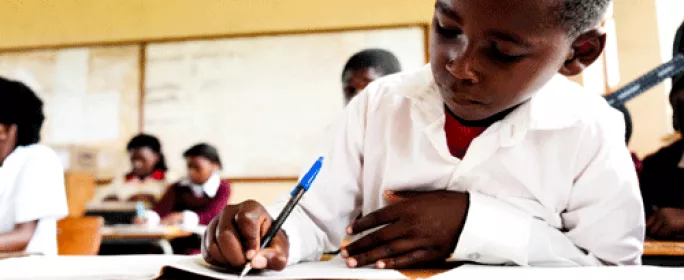Almost half the total resources devoted to education in the world’s poorest countries are spent on the most privileged 10 per cent of pupils, according to a new report.
In some countries, spending on the most affluent 20 per cent is up to 18 times higher than for the most disadvantaged 20 per cent, according to the study produced by children’s charity Unicef with support from the Bill and Melinda Gates Foundation.
In low-income countries an average of 46 per cent of public spending on schools directly benefits the most educated and richest 10 per cent of children, the report finds.
Yoka Brandt, Unicef’s deputy executive director, said governments in the poorest countries should focus funding on the most disadvantaged children to close the gap with their peers.
“We need to radically revise current practices by providing more resources and allocating them more equitably,” she added. “We have known for a long time that education can break the cycle of persistent poverty and disadvantage for children, families and countries, but to do this governments and the private sector need to not only invest more but also more wisely in education.”
Ms Brandt said foreign donors should increase the amount of assistance earmarked for education, which has fallen by 10 per cent over the past five years.
The report, launched at the World Economic Forum in Davos, Switzerland, today, comes after Unicef published a joint study with the UN’s education arm Unesco earlier this week that found almost 60 million primary age children were out of school, with two-fifths of them unlikely to ever set foot in a classroom.
Related stories:
Almost 60 million primary-age children still not in school - 19 January 2015
Developing countries should not spend millions providing computers to all children, UN expert says - 24 September 2014




